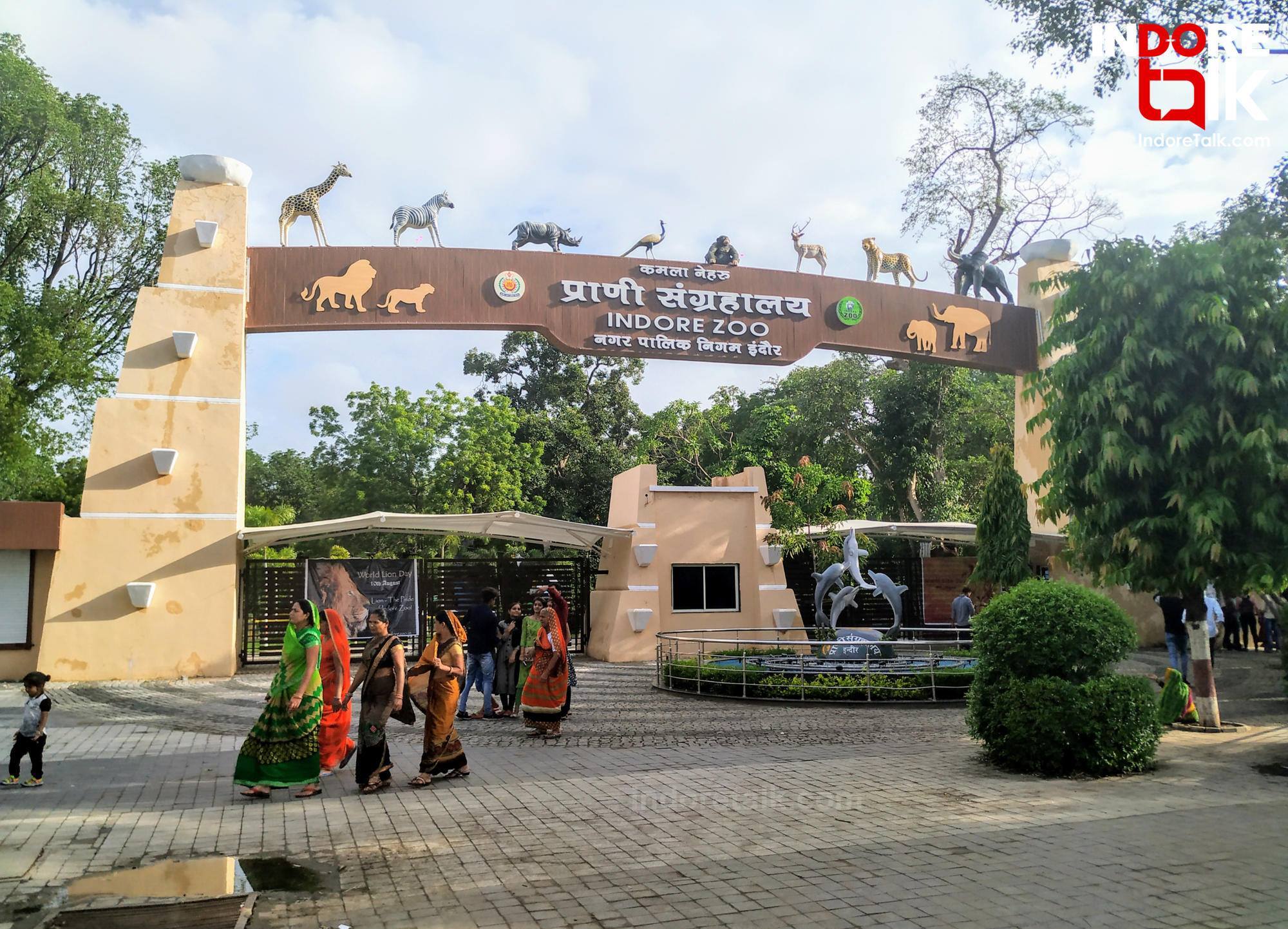Indore Flyover: All four flyovers will be supported by a single pillar, Ensuring no Traffic Congestion Below.
Flyovers including Bhanwarkuan, Khajrana, Footi Kothi, and Luvkush, employ advanced technology construction.
The flyovers being built at the intersections of Bhanwarkuan, Khajrana, Footikothi, and Luvkush are employing numerous such methods, which will not only ensure that they are completed on schedule but will also free up a significant amount of space on the road. Here, technology is employed in the same way that it is elsewhere in the nation and the world. On the rails of the metro, every bridge is being built on a single pillar. The major benefit of this would be that two- and four-wheel vehicles could fit as much as possible beneath the bridge.
Using pre-cast technique in construction:
All the bridges use pre-cast technology, only pillars will be built there. The girder will be created in the factory and then delivered directly to the location using a crane. The same techniques are being used to build the metro track.
The earthquake will have no effect:
Indore has been located in earthquake Zone 3. Additionally sensitive in this regard is Indore. Numerous times, tremors have been felt in the nearby settlements. All the bridges’ piling has been done in a way that prevents the bridge from being damaged by an earthquake. Strong steel girders are currently being erected.
Construction of the foundation in Khajrana and Footikothi:
Prior to construction, the intersection of Khajrana and Footikothi underwent soil testing. It turned out that the terrain was stony. Because of this, as soon as construction on this site began, the basis for the pillar’s foundation was discovered. Due to this, pillar construction began right away after the area had been dug up.
With this method, construction will go quickly, the number of pillars will be cut in half, traffic will run smoothly, and there won’t be any material spread because all the work won’t be done at the construction site at once. As a result, there won’t be any issues with traffic flow. If the girders are shipped directly from the factory, a crane will be enough to lift them into place. This method is usually used to prepare metro tracks. Construction proceeds more quickly as a result, and traffic is also unaffected.
There will be adequate room for vehicles to pass beneath the bridge because it has a single pillar. The Bhanwarkuan intersection serves as an illustration of how the bridge will be built, showing how it will only require 18 pillars to span both lanes. If the bridge had been constructed along the lines of Piplyahana, 36 pillars would have needed to be built, which would have forced most of AB Road to pass beneath the bridge.





